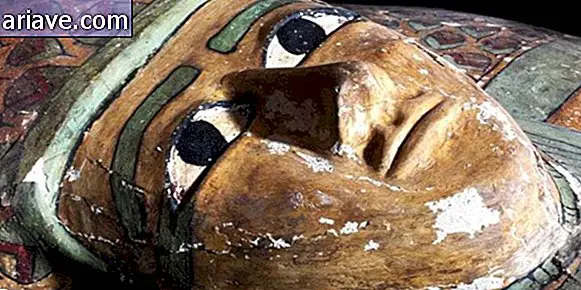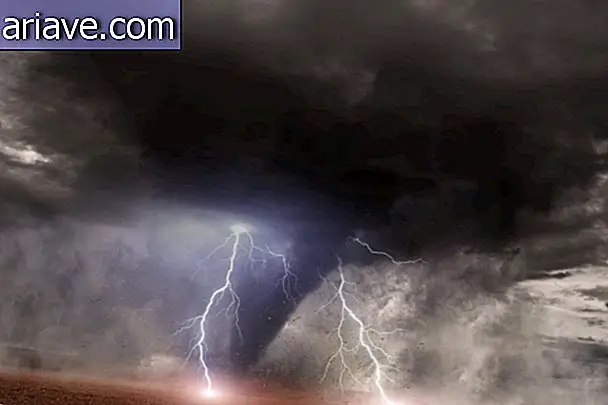"Zombie" Star Behavior Intrigues Astronomers
If you are a fan of astronomy, then you should know that when a star reaches the end of its life, that is, when it consumes all its fuel and its core collapses, this event is marked by an explosion called “supernova”. . To the best of our knowledge, the shock wave generated by the eruption usually dissipates after an average of 100 days and is an irreversible process that typically results in the emergence of new celestial bodies such as black holes and neutron stars, for example.
Only they discovered a curious star who challenges this model. It all started in 2014, when astronomers at the Las Cumbres Observatory in California observed a supernova that they named them iPTF14hls. At the time, they classified the blast as a Type II-P supernova and, as expected, after a few days, the eruption began to dissipate - until, in 2015, scientists noticed that the star appeared to be coming into activity again. .
Unprecedented Behavior
Surprised by what was happening, the astronomers confirmed that it was a supernova even - after analyzing aspects such as the speed and chemical composition of the material expelled during the blast - and decided to scour old archives for more data about the star.

Scientists found that there were records of the same star burst from 1954, which means that it apparently survived the first event and 60 years later went through the process again and survived again! In fact, over a period of 600 days, astronomers have observed the star's brightness oscillating several times - and this behavior completely challenges our understanding of these star events.
Zombie star
Astronomers gave the star the affectionate nickname of zombie and conducted a series of calculations based on the information they gathered. The scientists concluded that originally the star was - at least - 50 times more massive than our Sun, and explained that his "first death" is the largest supernova ever observed.

Obviously, the curious behavior has piqued the interest of the scientific community, and among the theories that came up to explain the phenomenon is that it may represent the first case ever observed by science as an “imposter supernova” - which is an event in which The starburst doesn't completely destroy the star.
According to current models, this kind of supernova can happen to stars with masses between 95 and 130 times larger than the sun, and when the explosion occurs, the outermost layers of the star are expelled and it loses between 10 and 25 solar masses. Still according to the models, the explosions keep happening until the star finally collapses and gives rise to a black hole. But there is a problem: theoretically, this kind of phenomenon could only be observed in the early stages of the universe - not now.
Weirdo
As the astronomers explained, if this is the correct explanation for the observed phenomenon, the discovery would be tantamount to a living dinosaur today. And there's another troublesome issue with the whole thing: Scientists have detected large amounts of hydrogen around the blast, and that element should not be present if it were an imposing supernova.

The fact is that astronomers have not yet been able to explain what exactly is happening - whether the phenomenon really consists of a very weird impostara supernova or if they have come across something that has never been observed before. The team will continue to follow the star's behavior and perhaps find an answer to this intriguing mystery.











